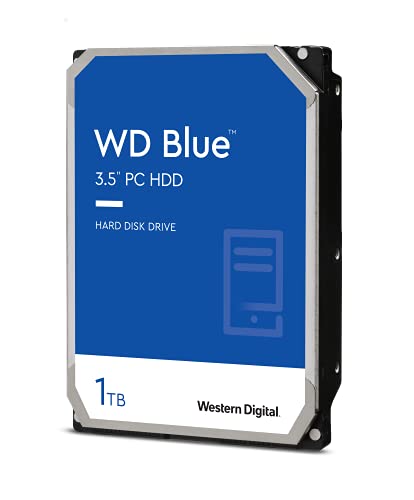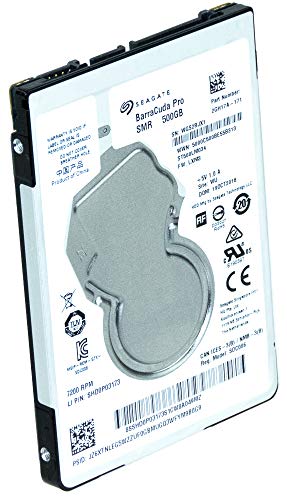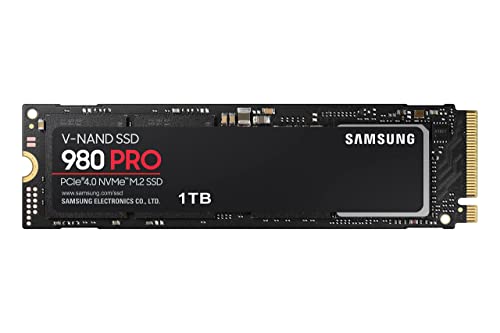Data security remains a top priority in high‑performance PCs, as safeguarding sensitive information is crucial for both professional and personal use. Implementing robust encryption and secure data management protocols ensures that your system is protected against breaches and unauthorized access.
Employ full‑disk encryption to secure operating systems and sensitive data. Use hardware encryption modules and secure boot settings to add an additional layer of protection. Cloud storage solutions often include end‑to‑end encryption, ensuring that data remains secure during transmission and at rest. Proactive monitoring and regular audits of security protocols are essential to maintaining data integrity over time.
Implement a multifaceted security approach that combines encryption with strict access control policies and regular system updates. Continuous backup, secure physical storage measures, and routine vulnerability assessments contribute to a holistic security strategy. Educating users about phishing scams and safe digital practices further bolsters your defense against cyber threats.
Enhancing data security through robust encryption and secure data management is indispensable for protecting sensitive information on high‑performance PCs. With a comprehensive approach that integrates technical and behavioral safeguards, you can ensure that your data remains confidential and protected against evolving threats.
```html
The Ultimate Guide to Data Security for High-Performance PCs
Why Data Security Matters in High-Performance Environments
High-performance PCs power critical scientific modeling, large-scale content creation, financial analysis, and enterprise-grade virtualization. In these use cases, any data breach or unauthorized intrusion can result in costly downtime, regulatory fines, intellectual property theft, and long-term reputational damage.
As computational horsepower grows, so does the attack surface. Faster processors and high-density storage arrays demand correspondingly sophisticated security measures. A multi-layered defense model—combining technical controls, physical safeguards, and user awareness—ensures your high-end workstation or server remains impervious to evolving threats.
Advanced Encryption Techniques
Full-Disk Encryption Solutions
Full-disk encryption (FDE) scrambles the contents of every sector on your storage media, making unauthorized data extraction futile. Leading implementations include:
- BitLocker (Windows):</ Offers AES-256 encryption with a Trusted Platform Module (TPM) for seamless key management.
- FileVault 2 (macOS):</ Utilizes XTS-AES-128 encryption with secure key escrow via iCloud integration.
- LUKS/dm-crypt (Linux):</ Supports multiple key slots, PBKDF2/Scrypt key stretching, and TPM2 integration for advanced setups.
Best Practices for FDE:
- Enable TPM-backed keys and require a PIN or USB token at boot.
- Rotate and escrow recovery keys securely in an offline vault or hardware security module (HSM).
- Test system recovery procedures quarterly.
Hardware-Based Encryption Modules
Self-encrypting drives (SEDs) implement AES encryption in firmware, offloading cryptographic operations from the CPU. Key features include:
- Instant secure erase by purging onboard encryption keys.
- Minimal performance overhead compared to software-only schemes.
- Integration with Opal and eDrive specifications for enterprise management.
Selecting an SED vendor with FIPS 140-2 Level 2 certification and remote key-management compatibility ensures compliance in regulated sectors.
End-to-End Encryption in Cloud Storage
When leveraging cloud-hosted archives or real-time collaboration, data must remain encrypted in transit and at rest:
- TLS 1.3 Transport Encryption:</ Protects data packets as they traverse public networks.
- Server-Side vs. Client-Side Encryption:</ Client-side keys (managed on-premises) give you full custody, while server-side keys offer simplified management.
- Hardware Security Modules (HSMs):</ Provide dedicated key-storage appliances for multi-tenant cloud environments.
Key Rotation & Versioning:
- Automate key rotation every 90 days to limit exposure.
- Enable object versioning to maintain cryptographic audit trails.
Implementing Secure Boot and Trusted Boot Chains
Secure boot verifies each firmware and software component before execution, preventing boot-level malware and rootkits. A trusted chain of custody includes:
- UEFI Secure Boot with vendor signatures.
- Measured Boot using TPM’s Platform Configuration Registers (PCRs).
- Differential boot-time attestation for remote integrity checks.
Enhance your boot security by:
- Disabling legacy BIOS and enforcing UEFI-only startup.
- Locking firmware settings with a supervisor password.
- Regularly updating firmware to patch boot-loader vulnerabilities.
Strict Access Control & Robust Authentication
Controlling who can see and modify data is as crucial as encrypting it. Implement:
- Role-Based Access Control (RBAC):</ Assign the principle of least privilege to every user and service.
- Multi-Factor Authentication (MFA):</ Combine biometric, token-based, or mobile-app challenges.
- Zero Trust Architecture: Authenticate and authorize every session, regardless of network location.
Audit your access policies quarterly and revoke stale accounts. Integrate system logs with a Security Information and Event Management (SIEM) platform for real-time alerts on suspicious login attempts.
Continuous Backup Strategies & Secure Physical Storage
A robust backup plan ensures data restoration after ransomware, hardware failure, or human error. Key tenets include:
- 3-2-1 Backup Rule: Keep three copies on two media types, with one offsite or in an immutable cloud vault.
- Encrypted Backups: Apply AES-256 encryption to backup archives and transports.
- Air-Gapped Storage: Disconnect backup media periodically to prevent malware propagation.
Test restoration workflows monthly. Label and rotate physical media under locked, climate-controlled conditions to prolong retention integrity.
Proactive Monitoring, Vulnerability Assessments & Regular Audits
Continuous security validity depends on detecting anomalies before they escalate. Implement:
- Endpoint Detection & Response (EDR): Identify unusual process behaviors in real time.
- Periodic Vulnerability Scans: Use tools like Nessus, OpenVAS, or Qualys to uncover configuration drift.
- Penetration Testing: Engage third-party experts annually for simulated attack exercises.
A “red team” vs. “blue team” exercise can validate incident response plans under controlled breach scenarios.
User Education & Phishing Defense
Human error remains the leading attack vector. Empower users through:
- Phishing Simulations: Quarterly mock phishing campaigns with post-incident coaching.
- Security Awareness Workshops: Hands-on labs covering social engineering, physical tailgating, and secure file-sharing.
- Incident Reporting Protocols: One-click reporting buttons integrated into email clients and chat tools.
Track user performance metrics and reward teams with the highest phishing-identification rates.
Compliance & Industry Standards
Many organizations must adhere to regulations such as GDPR, HIPAA, PCI DSS, and ISO/IEC 27001. Achieve and maintain certification by:
- Mapping data flows to regulatory requirements.
- Implementing documented, auditable processes.
- Engaging certified auditors for annual reviews.
Keeping up-to-date with evolving legal frameworks ensures both data security and business continuity.
Emerging Trends in Data Security for High-Performance PCs
As threat actors adopt increasingly sophisticated tactics, high-performance security must evolve. Watch for:
- Quantum-Safe Cryptography: Lattice-based and hash-based algorithms to resist quantum decryption.
- Homomorphic Encryption: Compute on encrypted data without ever exposing plaintext.
- AI-Driven Threat Hunting: Machine learning models that detect zero-day patterns in real time.
- Zero Trust Network Access (ZTNA): Micro-segmentation across high-throughput clusters and GPU farms.
Early adopters who integrate these technologies will set the benchmark for enterprise-grade security in the years ahead.
Conclusion
In an era of unprecedented computing power, data security for high-performance PCs demands a comprehensive, multi-dimensional strategy. By combining full-disk and hardware encryption, secure boot, strict access controls, proactive monitoring, regimented backups, and continuous user education, you create an impervious fortress around your most sensitive assets.
Compliance with industry standards and forward-looking adoption of quantum-safe and AI-driven solutions will keep you ahead of emerging threats. Implement these best practices today to ensure that your high-end workstation or compute cluster remains a secure foundation for innovation, analysis, and creative endeavors.







